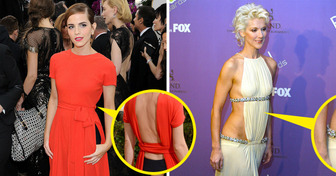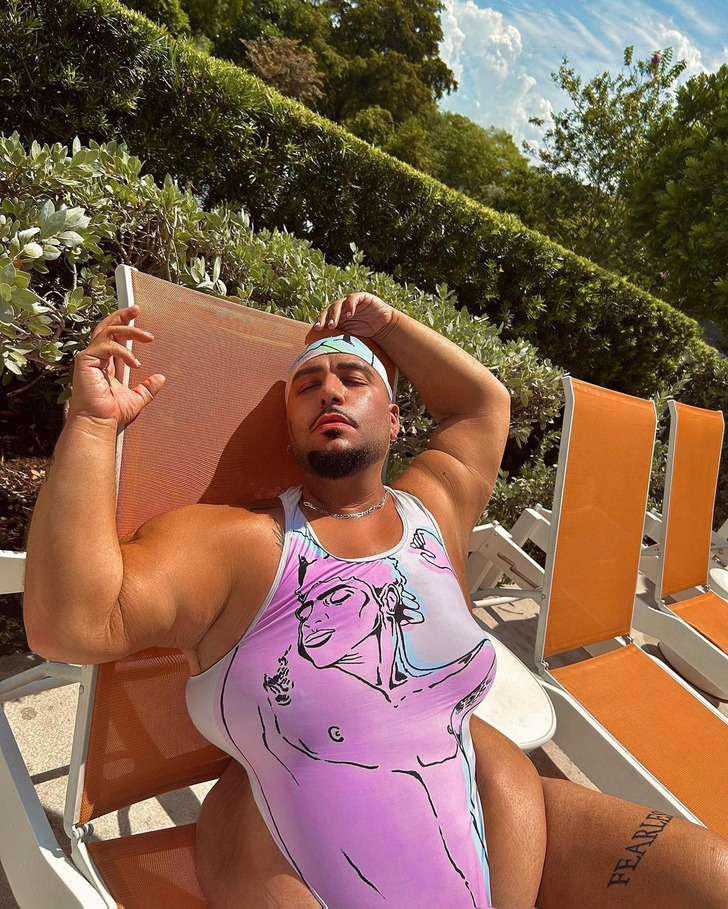Thank the gods Kamala lost... There's 'body positivity' and then there is stuff like this; shameful, disgusting, shock value trash, that could never objectively be described as attractive or quality in any sense, from sad, desperate, mentally ill individuals who need attention and medical and mental intervention... Who wil also use their .15s of fame to start an OF or preach on something they have absolutely no business talking about.
Body-Positive Queer Model Defies the Stigma Around Plus-Size Bodies, Posing in One-Piece Swimsuits and Bikinis
In contemporary times, the prevailing guidance encourages self-love irrespective of conforming to a singular standard of beauty. However, social media often bombards us with images portraying flawless figures, radiant appearances, and extensive filter use. Amidst this, Ady Del Valle emerges as a groundbreaking figure in the fashion industry, challenging these norms and much beyond. Let’s delve into their remarkable story.
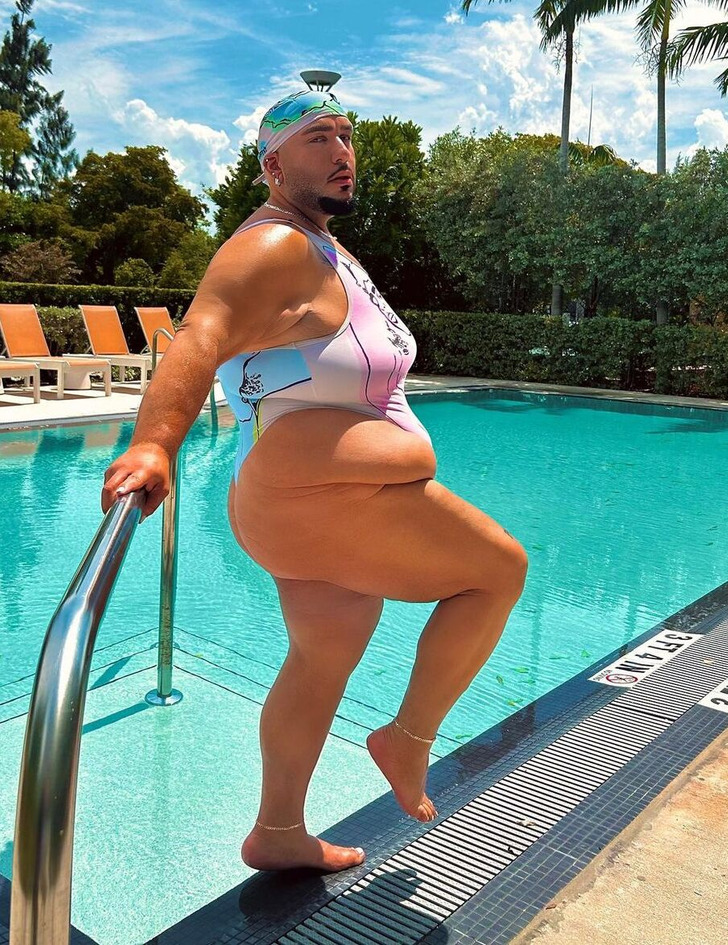
Glad I ate first
Let people be.
Is that people? I thought it was a 4H show.
Disgusting POS!
Yuk!!!
Moeten ze zelf weten als ze voor gek willen lopen.
just no
non, je ne trouve pas ca beau
Weighing in at 449 lbs and identifying as gay, Arcadio “Ady” Del Valle made a distinct mark in the fashion realm, eliciting varied reactions from onlookers. Could this be the onset of a genuine transformation?
In 2015, Ady ventured into the world of Instagram, initially sharing selfies with no aspirations of becoming a model, despite their deep affinity for the fashion industry. Ady sensed a disconnect from the glamorous image associated with this world and sought to connect with individuals who shared similar experiences.
This foray into social media served as Ady’s initial exploration, challenging the prevalent notion that only what is deemed “normal” finds a place. For Ady, it became a platform to bring visibility to aspects that had long been overlooked.
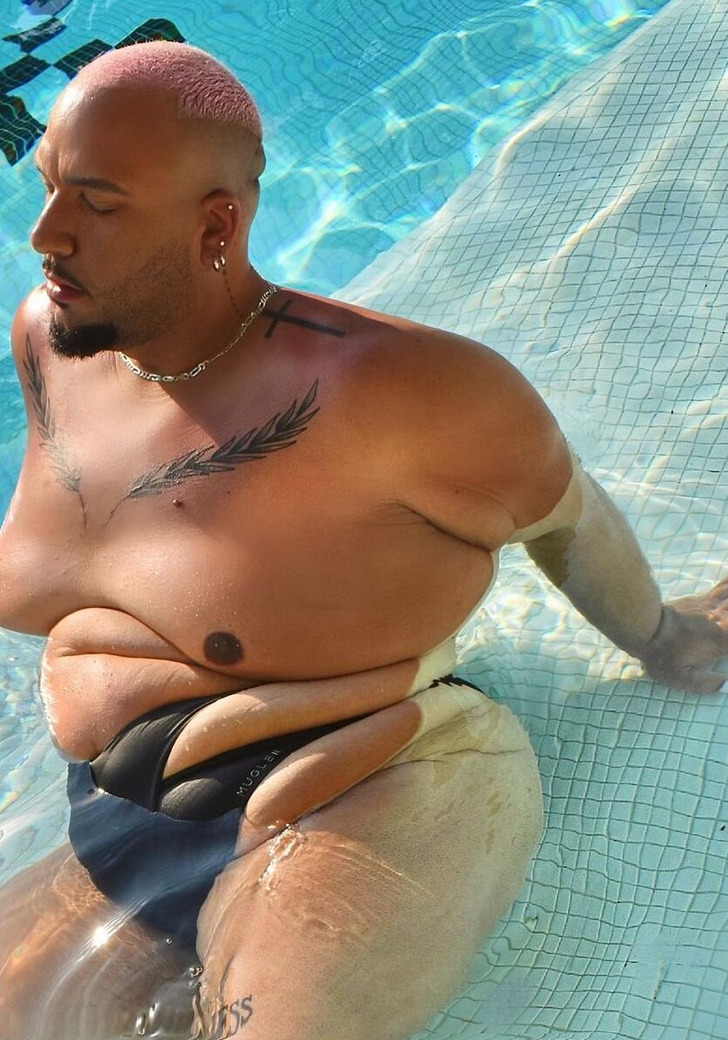
this will never be attractive
no matter how much gaslighting
Born in Boston in 1987 to a Puerto Rican family, Ady Del Valle spent many years as a keen observer of fashion shows, model interviews, and reality programs. This changed in 2016 when an independent designer approached them to grace the runway at New York Fashion Week.
Initially hesitant and finding the idea of walking down a catwalk inconceivable, Ady eventually acquiesced, heeding the counsel of friends and family. In a remarkably short span of time, Ady found themselves strutting down the runway in an old church in New York alongside other models of XXXL size.
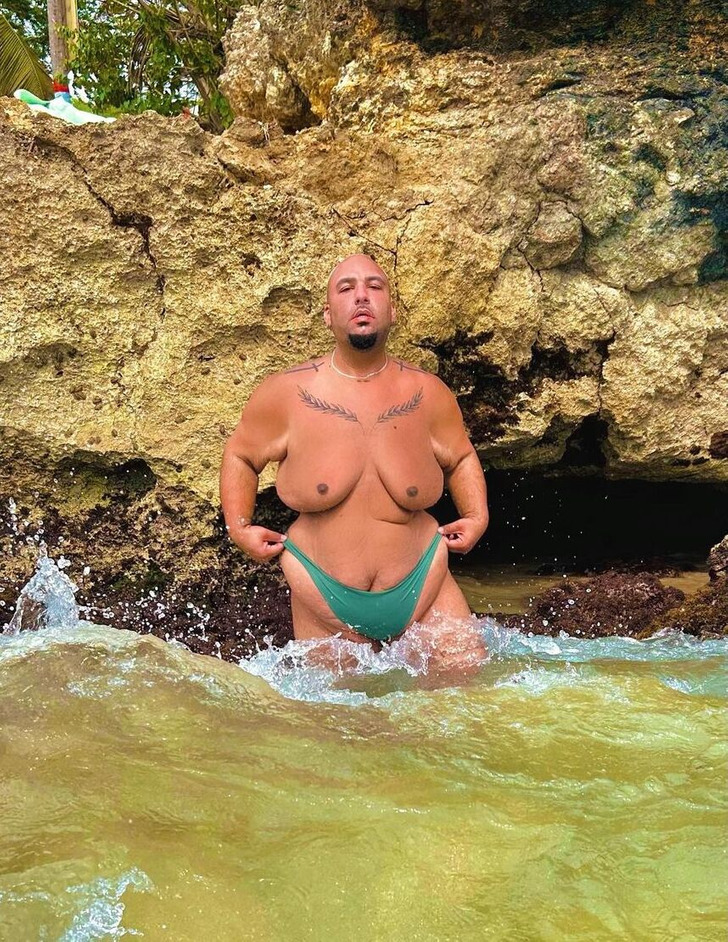
People in America have lost their minds. Lunacy is the new normal.
Ady, however, is more than just “a pretty face.” Their aspirations extend beyond personal fulfillment, delving into a realm that is both profound and collective. Ady’s presence, both in their figure and the images shared on their social networks, prompts us to engage in introspection.
Undoubtedly, Ady’s journey has sparked a revolution within the modeling industry, a sphere they are now an integral part of. The images they share serve as a catalyst for a noticeable shift in the landscape of social networks. What sets Ady apart and makes them a disruptive force in the world of plus-size fashion?
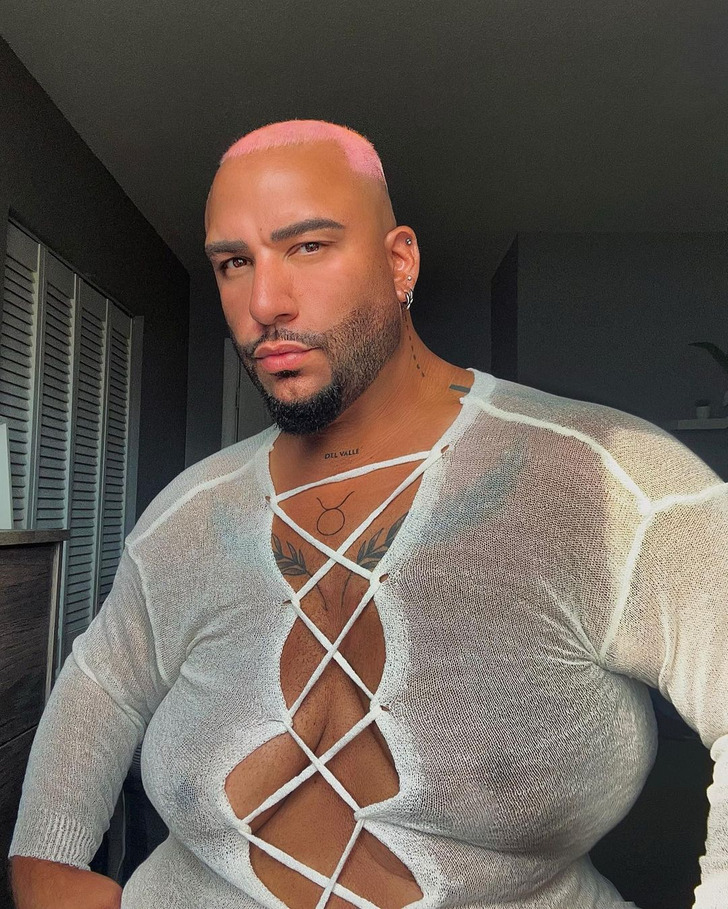
He has a handsome face. Too bad that's the only thing he has going for him.
Ady is frequently depicted on the beach, by the pool, or basking in the sun, often sporting either a bare torso or a complete swimsuit ensemble. Their fashion choices seamlessly blend tulle with animal prints and lace bodices with daring thongs, dispelling the conventional image of a stoic man clad in a lumberjack shirt engaged in manual labor.
As a plus-size model, Ady redefines the purpose of clothing, transcending its traditional role of concealing. Instead, their wardrobe accentuates and celebrates the figure, breaking free from the notion that fashion should only cater to a certain body type.
Presently, Ady has evolved into an activist within the plus-size industry, striving to dismantle the perception of individuals like themselves as anomalies. Their approach is notably strategic: rather than becoming entangled in the pitfalls of social media, Ady harnesses these platforms for their own agenda.
In Ady’s own words, “On Instagram, you’re going to see very few photos of plus-size men in swimsuits because they get taken down. Different bodies get deleted. And ultimately, they’re censoring someone who looks different because they’re bigger, or because they’re of color, or whatever. But we have more power than social media; without us, social media doesn’t exist.”
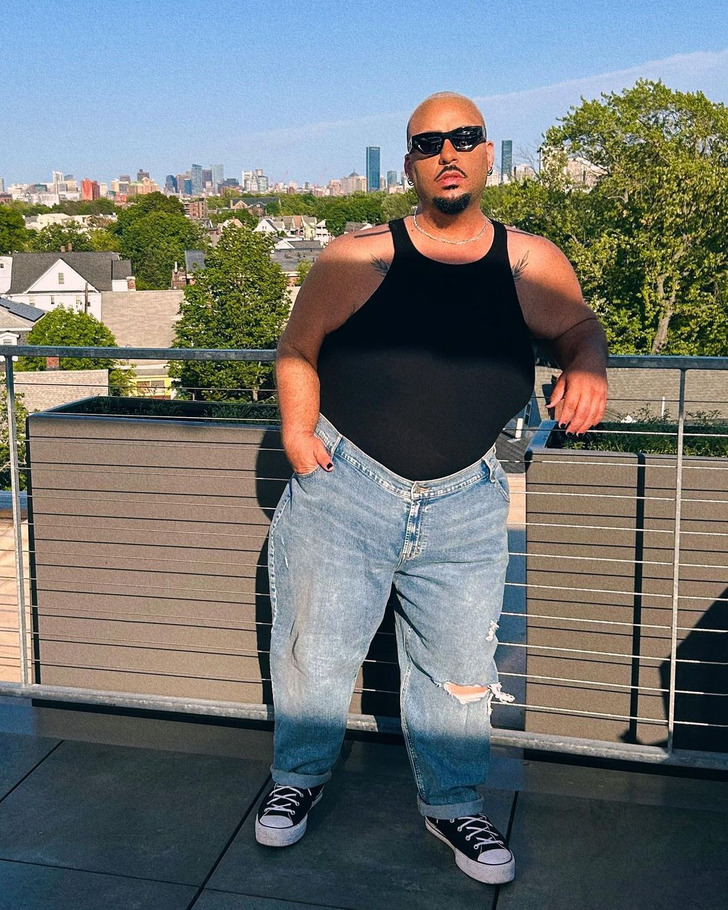
I want to return to my planet please !!!
In response to the question of why they believe an XXXL body is stigmatized while an XS body is not, Ady offers insight, stating, “Since we are kids, we see on TV what beauty is, and we idolize it when we grow up because that’s what TV and magazines teach us. But these days there’s something different: with social media, people like me have an advantage. We can change that narrative so that others can see other bodies, and maybe one day TV and magazines will show these bodies, bodies like mine.”
There’s a glimmer of hope that a meaningful change may indeed be underway this time.
Ady finds solidarity in the ongoing battle against the stigmatization of bodies diverging from conventional beauty norms. Joining the ranks is plus-size influencer Olivia Dunne, who consistently confronts disparaging comments on her swimsuit photos. However, Olivia is not one to back down, offering compelling responses to online critics.
Comments
You go girl. I have always been a big girl and it's time we are recognized!!!
Related Reads
One Day She Decided Not to Shave Off Her Body Hair and Henceforth Go to the Beach in Her Natural Beauty
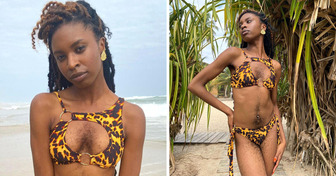
The Woman Whose Butt Didn’t Fit in an Airplane Seat Revealed Her Old Photos, Shocking Many by How Different She Looked Before
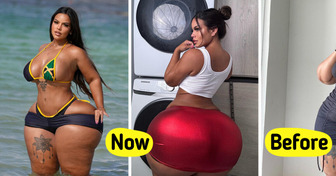
8 Celebrities Whose Controversial Outfits Sparked a Huge Stir
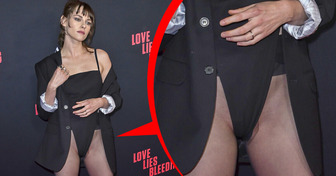
12 Kids Who Put Their Parents in Truly Awkward Situations

“Too Much Botox,” People Are Shocked by 60-Year-Old Sandra Bullock’s Appearance in New Video
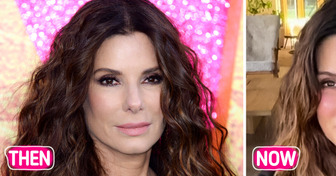
Paris Hilton Shares Sweet Family Photos, but People Spot a Curious Detail

Ben Affleck and Jennifer Garner’s 15-Year-Old, Seraphina, Debuted Under New Name Fin
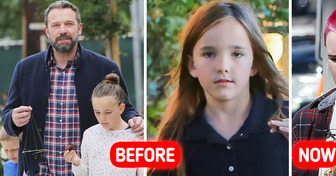
Meet Colleen, a 74-Year-Old Model Who Proudly Poses in Swimsuits and Knocks Down All the Stereotypes
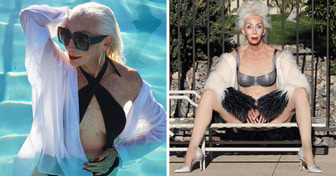
A Woman Was Shamed for Loose Skin but She Gave a Powerful Response to Haters and Showed What She Went Through
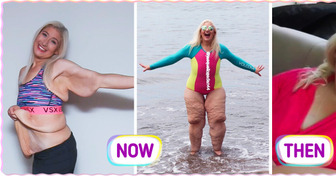
Princess Catherine’s First Public Appearance After Resuming Royal Duties Sparks Controversy Over One Detail
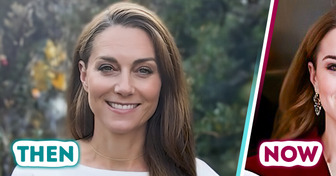
A Man Leaves People Speechless with Remarkable Results from 10 Years of Plastic Surgery

20 Celebrities Who Look Awesome in Their Dresses From Any Perspective
